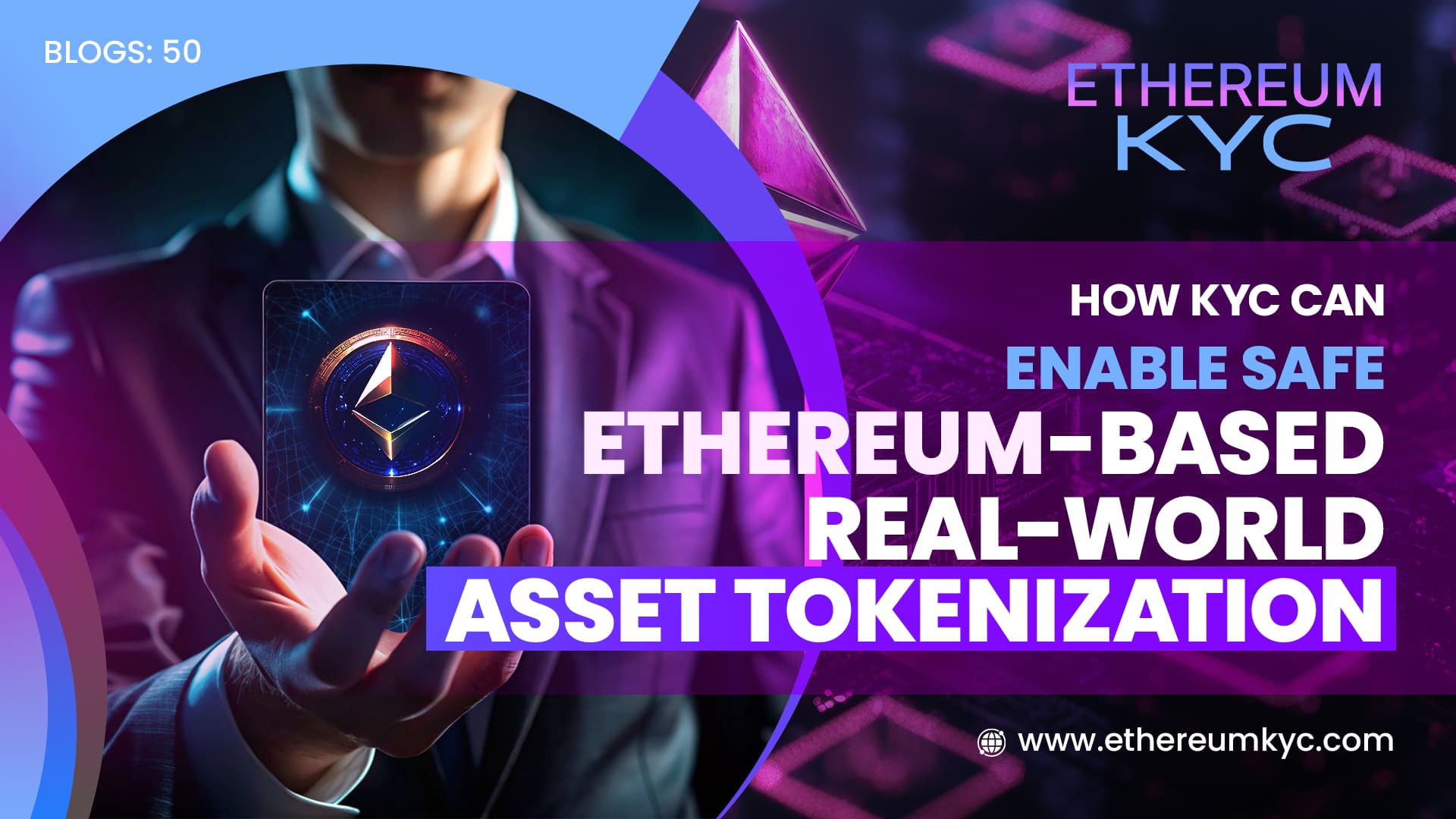November 10, 2024
How Ethereum Projects Are Adapting to Regulatory Shifts
As blockchain technology matures, Ethereum projects are navigating an increasingly complex regulatory landscape. Governments and regulatory bodies worldwide are focusing on cryptocurrencies and decentralized platforms, leading to new laws and guidelines that projects must adhere to. Ethereum-based initiatives are adapting by implementing compliance measures, embracing transparency, and engaging proactively with regulators. Here’s how Ethereum projects are evolving to meet regulatory shifts and what it means for the future of decentralized applications.
1. Implementing KYC and AML Compliance
Many Ethereum projects are integrating Know Your Customer (KYC) and Anti-Money Laundering (AML) protocols to comply with legal requirements.
- Identity Verification: By verifying user identities, projects reduce the risk of illegal activities like money laundering and fraud.
- Enhanced Trust: Compliance builds confidence among users and investors, making the project more attractive for participation.
- Examples: Decentralized finance (DeFi) platforms are adopting KYC measures to meet regulatory standards without compromising decentralization.
2. Engaging with Regulatory Bodies
Proactive engagement with regulators helps projects anticipate changes and adapt accordingly.
- Open Dialogue: Establishing communication channels with regulators to understand upcoming laws and provide industry insights.
- Legal Counsel: Hiring legal experts specializing in blockchain to navigate the evolving legal landscape effectively.
- Policy Influence: Participating in industry groups that advocate for fair regulations can help shape policies that impact the blockchain sector.
3. Emphasizing Transparency and Reporting
Transparency is becoming a cornerstone for Ethereum projects aiming to comply with regulations.
- Public Disclosures: Regularly publishing reports on project developments, financials, and compliance efforts.
- Smart Contract Audits: Making audit results publicly available to demonstrate security and reliability.
- Open-Source Development: Sharing code openly allows for community scrutiny and trust-building.
4. Adopting Decentralized Governance Models
Projects are leveraging decentralized governance to distribute decision-making and comply with regulations.
- Decentralized Autonomous Organizations (DAOs): Implementing DAOs allows community members to participate in governance, aligning with regulatory calls for transparency.
- Token Holder Voting: Giving stakeholders a voice in project direction can enhance compliance and ethical standards.
5. Geo-Fencing and Jurisdictional Compliance
To comply with regional regulations, some projects are restricting access based on user location.
- Geo-Fencing Technologies: Implementing systems that limit or prevent access from certain jurisdictions where the project might be non-compliant.
- Localized Compliance Strategies: Tailoring services and compliance measures to meet specific regional legal requirements.
6. Innovating Within Regulatory Frameworks
Ethereum projects are finding creative solutions to comply without sacrificing functionality.
- Layer-2 Solutions: Utilizing layer-2 technologies to enhance scalability and compliance features.
- Privacy-Preserving Protocols: Implementing zero-knowledge proofs and other cryptographic methods to meet KYC requirements while preserving user privacy.
- Compliance-Focused Development Kits: Using development tools that include compliance features out of the box.
7. Education and Community Engagement
Educating users about compliance and regulatory changes fosters a supportive community.
- User Guides: Providing resources that explain how regulatory shifts affect users and how to stay compliant.
- Community Forums: Hosting discussions and Q&A sessions to address concerns and gather feedback.
8. Monitoring Regulatory Developments
Staying informed allows projects to adapt quickly to new regulations.
- Regulatory Alerts: Subscribing to updates from regulatory bodies and legal experts.
- Industry Collaboration: Joining blockchain associations that track and report on legal changes.
Conclusion
Ethereum projects are demonstrating resilience and adaptability in response to regulatory shifts. By embracing compliance measures, fostering transparency, and engaging with both regulators and their communities, these projects are positioning themselves for sustainable growth. While challenges remain, the proactive steps taken by Ethereum initiatives not only ensure legal compliance but also strengthen trust among users and investors, paving the way for the future of decentralized applications.





